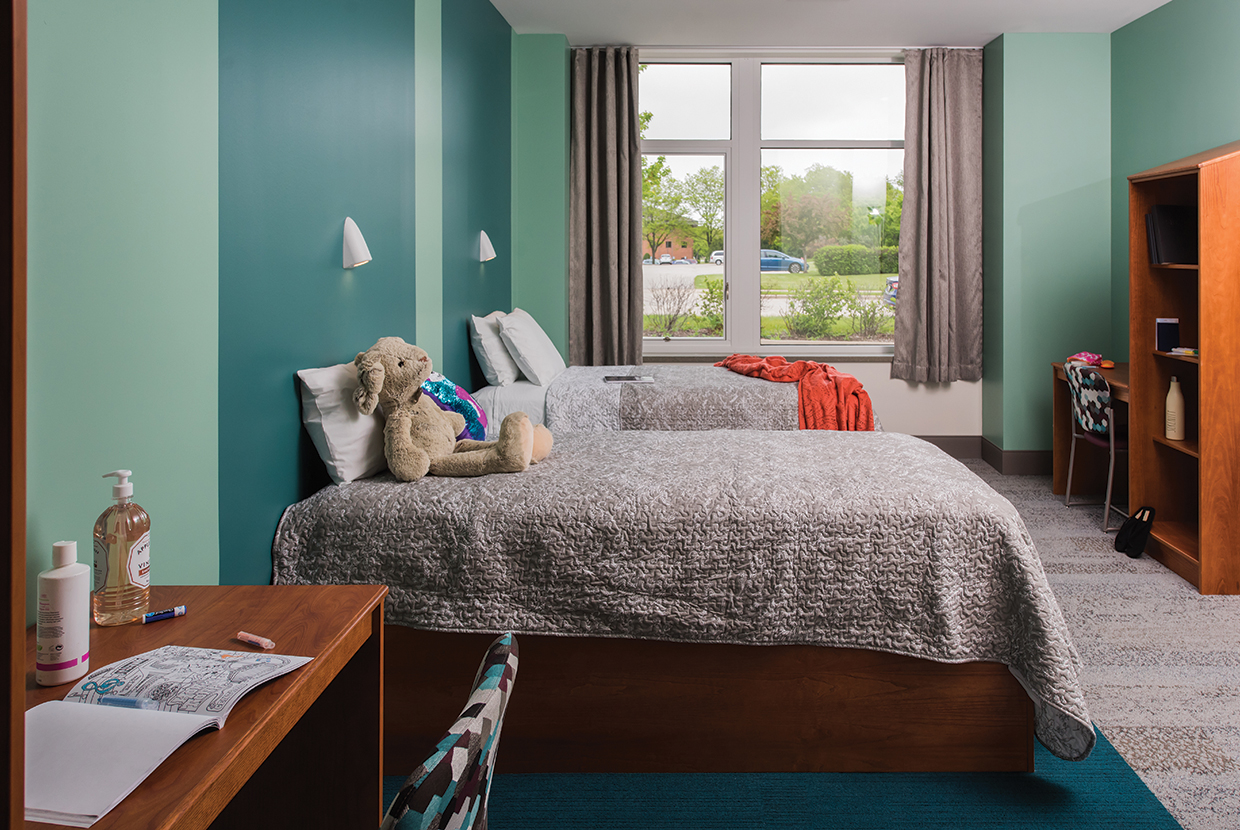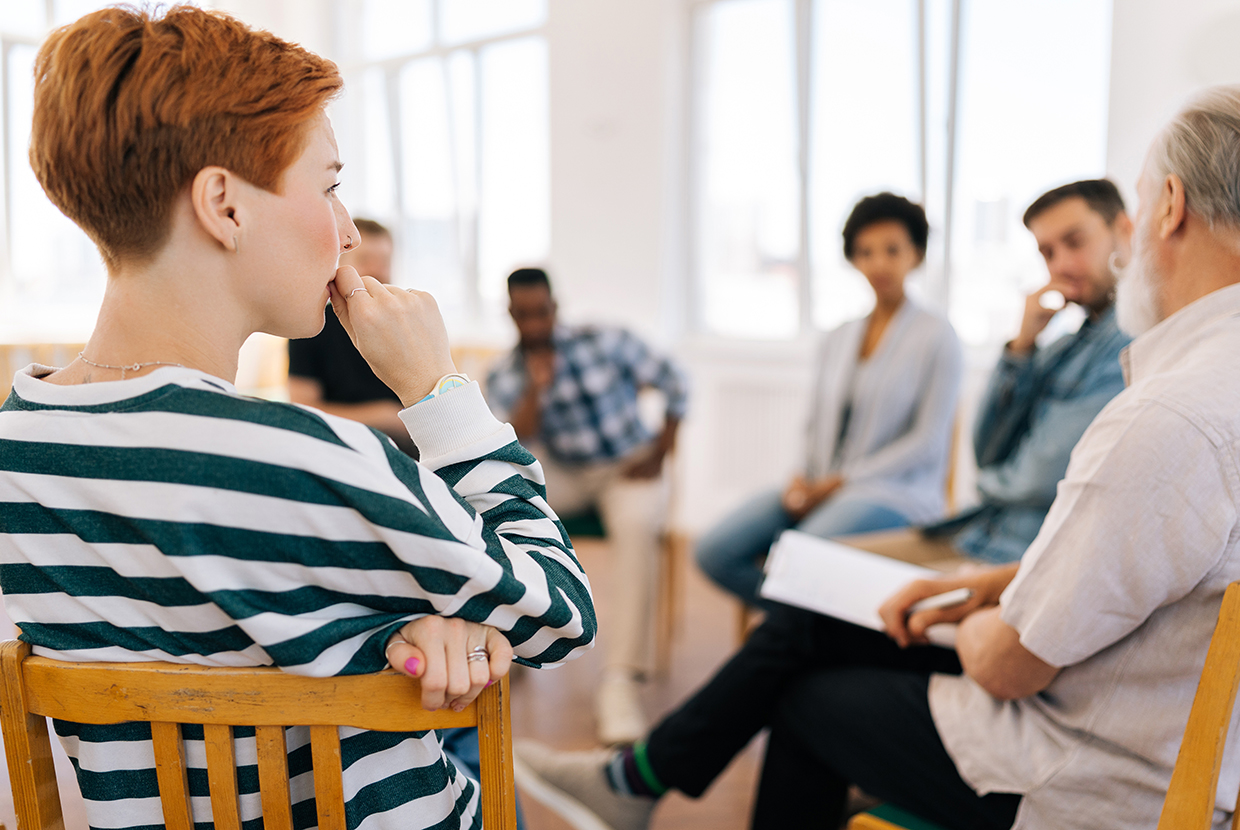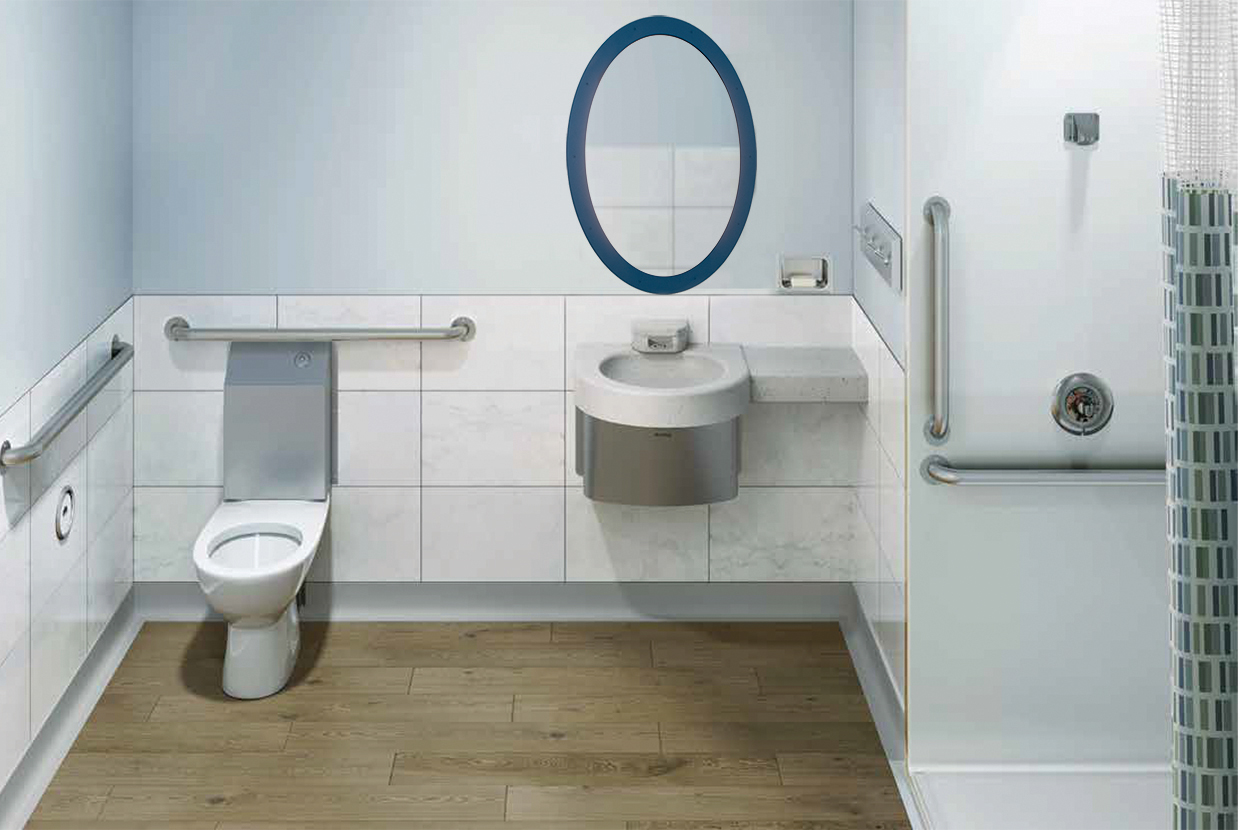
Blog
Understanding Behavioral Health Lighting
In the realm of healthcare design, every detail plays a vital role in enhancing patient wellbeing and aiding in recovery. Among these details, lighting stands out as a crucial factor, especially in behavioral health environments.

Illuminating Wellness: The Purpose of Behavioral Health Lighting
In this article, we delve into the purpose of behavioral health lighting, its impact on patient wellbeing and recovery, and the challenges associated with designing lighting for such sensitive spaces.
Defining Behavioral Health Lighting
Behavioral health lighting refers to the strategic design and implementation of lighting solutions tailored to support the unique needs of individuals undergoing mental health treatment or therapy. These lighting solutions prioritize creating environments that reduce the stigma often associated with mental health facilities. Providing aesthetic, more home-like environments conducive to healing, comfort, and safety.
The Importance of Behavioral Health Lighting
Lighting plays a profound role in influencing mood, behavior, and overall mental wellbeing. In behavioral health settings, where patients may already be experiencing heightened stress or anxiety, the impact of lighting becomes even more significant.
Well designed lighting can:
• Deescalate a patient in crisis: Introducing color changing lighting through RGB or tunable options can provide a positive distraction
• Promote Calmness: Soft, diffused lighting creates a calming atmosphere, reducing agitation and promoting relaxation among patients
• Support Circadian Rhythms: Through proper product selection, including the use of light sources that provide proven spectral qualities and utilizing control systems throughout the day, may help to regulate sleep-wake cycles, which are crucial for maintaining mental and physical health
• Enhance Safety: Adequate lighting levels and glare reduction minimize the risk of falls and accidents, ensuring the physical safety of patients and staff
 Impact on Patient Wellbeing and Recovery
Impact on Patient Wellbeing and Recovery
Research consistently demonstrates the significant impact of lighting on patient outcomes in behavioral health settings.
Studies have shown that environments with well designed lighting:
• Reduce symptoms of depression and anxiety
• Improve sleep quality and duration
• Increase patient satisfaction and engagement in therapy
• Accelerate recovery rates
By addressing the specific sensory needs and challenges faced by individuals with mental health conditions, behavioral health lighting contributes to a holistic approach to care that encompasses both physical and psychological wellbeing.

Challenges of Designing Lighting for Behavioral Health Spaces
Designing lighting for behavioral health environments comes with its own set of challenges, including:
• Safety Concerns: Luminaires must be durable, tamper-resistant, and shatterproof to prevent self-harm and ensure safety.
• Regulatory Compliance: Lighting designs are required to adhere to stringent codes and standards aimed at protecting patients' privacy while maintaining a therapeutic environment.
• Sensitivity to Sensory Stimuli: Individuals with mental health conditions may have heightened sensitivity to light, requiring careful consideration of intensity, color temperature, and flicker effects.
• Flexibility and Adaptability: Lighting systems should be flexible enough to accommodate varying patient needs and preferences, allowing for personalized adjustments as necessary.
In conclusion, behavioral health lighting goes beyond mere illumination; it is an integral component of patient-centered care that promotes healing, comfort, and wellbeing.
By understanding the unique challenges and opportunities associated with lighting design in behavioral health settings, designers can create environments that support recovery and resilience, ultimately enhancing the quality of life for patients and caregivers alike.
To learn more about Visa Lighting’s Behavioral Health Lighting Solutions, visit our website.
